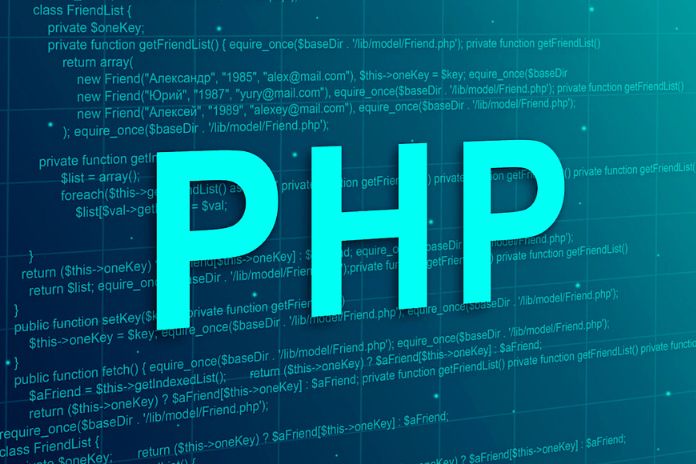PHP is used to create dynamic web pages. The abbreviation stands for ” Hypertext Preprocessor. ” Originally, the term ” Personal Home Page Tools ” was also used. The language was developed in 1995 by Danish programmer Rasmus Lerdorf. PHP is platform-independent and free software under the PHP license and is further developed by the PHP Group. However, the release process is anything but transparent. Regular releases should appear, but this only sometimes works out. Most web hosts come with PHP pre-installed. As of 2013, PHP is used on more than 244 million websites. This makes the language one of the most commonly used for creating and managing websites, and the trend is rising.
The syntax and many functions are similar to the programming languages C, C++, Java, and the scripting language Perl. The PHP syntax allows writing command-line scripts that run on the server to be processed by an interpreter. On an HTML page, the PHP code is enclosed in unique tags. When a user opens this page, the server processes the PHP code and sends the output to the user’s browser. Unlike JavaScript, server-side usage means nobody can steal or alter the script. Each hand is recompiled with each call, which, unfortunately, also increases the server load. Particular PHP accelerators such as Bytecode Cache, XCache, ionCube PHP Accelerator, or Zend Optimizer+ are often used to improve the reaction speed.
Apart from the accelerators, there are a few alternative compilers, such as PHC, HipHop, and Roadsend, which first translate the source text into C or C++ and then generate machine language from it to relieve the server. Unfortunately, the compilers do not support the entire language range. The script language also connects to databases such as MySQL, Informix, Sybase, PostgreSQL, or Generic ODBC. The popular combination of PHP + MySQL (both open-source products) can be found with many web hosting providers on the Internet. As a web-oriented language, PHP also includes all the functions related to the Internet. For example, it can connect to a remote server, send emails via POP3 or IMAP, check incoming emails, encode URLs, set cookies, or redirect data traffic.
In addition to being widely used by web hosts, the advantages of this language also include ready-made installation packages, a wide range of program libraries, and the possibility of linking to other open-source programs. PHP is a relatively simple language. Much of the syntax comes from C. Only the variables are treated slightly differently. A programmer does not have to think about the variable types but can work with the values straight away. In PHP, variables do not need to be declared before they can be used. PHP files are regular text files with the extension .php, and earlier versions also used .php3 or .phtml.
Comments that extend to the end of the line are indicated by two slash characters, “//.” A multi-line comment is enclosed in the characters /* and */. In an HTML file, a PHP block begins with the character” ?PHP? “. PHP code can be placed anywhere in an HTML document. Each PHP command ends with a semicolon. The PHP end tag is ” ?> “. The scripting language is mainly about receiving input from forms on a website, processing it, and ensuring the output on the screen or in a file. Embedded in HTML, PHP turns a static website into a dynamic website.
Also Read: Chrome DevTools, What You Need To Know About This Tool

